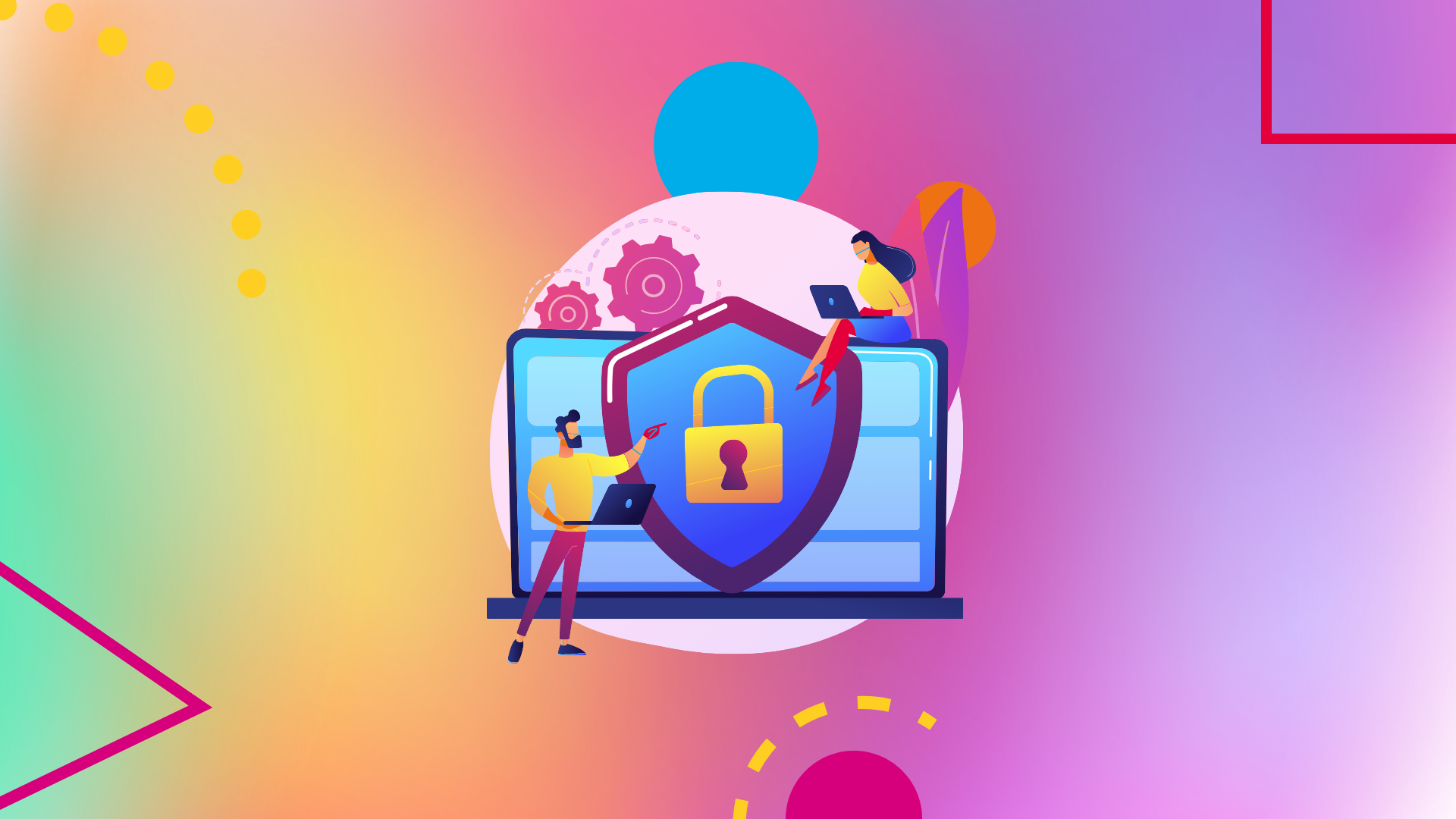As the festive season approaches, cyber Grinches are lurking around, looking for opportunities to exploit businesses’ security weaknesses. Human Risk Management (HRM) is a powerful tool that can help you protect your business from cyber attacks. Get a free Human Risk Report today to identify your business’s security weaknesses and contact Bondgate IT to learn more about HRM and how it can help your business thrive this Christmas.
The Demise of Antivirus: Ushering in the Era of MDR (Managed Detection and Response)
The effectiveness of traditional antivirus software is increasingly called into question as cyber threats become more sophisticated and intricate. Antivirus’s signature-based detection methods struggle to keep pace, leaving organisations vulnerable to zero-day attacks and evolving malware. In response, Managed Detection and Response (MDR) has emerged as a powerful and proactive approach to cybersecurity.
Navigating NIS2 Compliance: Bondgate IT’s Comprehensive IT Cybersecurity for Nonprofits, Charities, and Healthcare Providers in the UK
In the wake of NIS2, nonprofits, charities, and healthcare providers in the UK face an increased need to strengthen their cybersecurity postures. Bondgate IT’s multi-layered IT cybersecurity approach empowers these organisations to navigate NIS2 compliance and safeguard their critical services and sensitive data.
How to Protect Your Genetic Data from Hackers
Do you know that your genetic data can be stolen by hackers? Learn how to protect your genetic data from hackers with these tips from Bondgate IT, a leading provider of IT solutions and cybersecurity services in the north east of the UK.
Secure Your Business: Bondgate IT’s Guide to Cybersecurity Awareness
Discover the essentials of cybersecurity in our latest guide. Join us to explore the significance of Cybersecurity Awareness Month and learn about the four fundamental practices that can enhance your business’s digital defences.
Unearth the Cybersecurity Secrets That Keep Business Owners Up at Night
Explore the terrifying world of cybersecurity horror stories this Halloween. Discover the common threats that could haunt your business and learn how to protect it from digital ghouls. Bondgate IT is here to help you defend your business against unseen cyber terrors.
6 Reasons Why Access Management is Essential to Good Data Security
Did you know that the average cost of a data breach in the UK is now £3.6 million? That’s a lot of money to lose, but it’s an even bigger hit to your reputation. A data breach can damage your relationships with customers and partners, and it can take years to recover.
One of the best ways to protect yourself from a data breach is to implement a strong access management system. Access management helps you control who has access to your data and resources, and it can help you detect and respond to suspicious activity quickly.
In this blog post, we’ll discuss six reasons why access management is essential to good data security. We’ll also share tips for implementing a strong access management solution in your organization.
How to Protect Your Business from Classiscam Attacks and Keep Your Data Safe
Classiscam is a fraud-as-a-service platform that allows cybercriminals to easily create and deploy phishing attacks. In H1 2023, Classiscam groups targeted internet users in 79 countries worldwide, impersonating 251 unique brands. Europe was the most targeted region, with 384 individual schemes.
How to Spot and Protect Yourself from Fake LinkedIn Sales Bots with a Multi-Layered Approach to Security
How to spot and protect yourself from fake LinkedIn sales bots with a multi-layered approach to security. Learn the signs of a fake profile, what to do if you receive a suspicious message, and how to keep your account safe.








